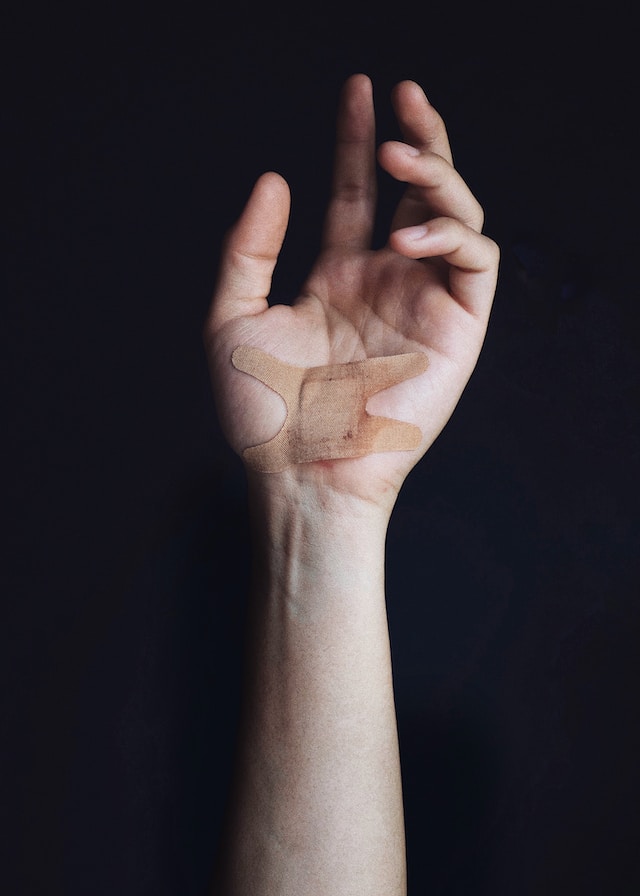In Thailand like in many other places individuals become victims of accidents and injuries due to wrongful acts of others. The Civil and Commercial Code (CCC) sets out clear provisions regarding compensation.
Victims can be compensated with monetary damages. Successful personal injury claims require meticulous documentation, knowledge of Thai law and culture, and prompt and experienced legal representation.
Damages
When individuals suffer harm due to the negligence or wrongdoing of others, they are generally entitled to compensation for their losses. These damages may include medical bills, lost work, and other expenses resulting from the injury. Compensation may also be available for intangible losses, such as pain and suffering. However, obtaining fair compensation requires a thorough understanding of the legal framework and a careful review of the case’s facts.
Individuals who have suffered harm as a result of wrongful acts or negligence should consult with experienced Thailand personal injury lawyers to discuss their legal options. The lawyers can assist with gathering evidence, negotiating with the defendant and insurance companies, and filing a lawsuit. They can also help determine the extent of a victim’s losses and the appropriate amount of compensation.
Compensation amounts are determined by the court and can range from the monetary value of tangible losses to a sum compensating for lost earnings, past and future. In general, the courts aim to put the claimant in the position they would have been in had the injury not occurred. As a result, they usually award compensation for tangible losses rather than intangible losses. This is in contrast to many common law jurisdictions, which typically award astronomical sums for emotional and psychological damage.
Insurance
Injuries and accidents can have profound impacts on a person’s physical health, emotional state, and financial stability. In order to compensate for these losses, victims can seek compensation from the parties responsible for their injuries. This can be accomplished by seeking expert legal counsel and diligently documenting their losses. A qualified personal injury lawyer can help individuals navigate the complex Thai legal system and secure fair compensation for their losses.
Tort law in Thailand mandates that anyone who wilfully or negligently infringes upon another’s life, liberty, property, or rights must compensate them for their damages. However, proving negligence can be challenging, as it requires a clear demonstration of duty of care, breach, and direct causation of harm. Moreover, the statute of limitations is strict in Thailand, meaning that the victim must file their claim within one year of the incident.
In most cases, the compensation granted to injured parties in Thailand seeks to put them in the same position they would have been had the wrongful act not occurred. This includes expenses for treatment, restitution of property, and sums compensating for lost income past and future. Unlike Western courts, Thai judges do not award compensation for intangibles such as pain and suffering. In any case, heirs of deceased persons may be entitled to funeral expenses and support for those dependent on the victim.
Filing a claim
The process of filing a personal injury claim in Thailand requires a thorough understanding of Thai law and meticulous documentation. Nonetheless, injured parties can successfully secure compensation through legal means by consulting with an experienced personal injury lawyer and demonstrating that they have suffered damages as a result of another party’s negligent or wrongful acts.
The most common causes of personal injury in Thailand include traffic accidents, workplace injuries, and medical malpractice. Traffic accidents are often the result of careless driving or failure to follow road rules, while work-related accidents can be caused by unsafe working environments or lack of safety equipment. Medical malpractice claims may arise when healthcare providers deviate from accepted medical standards and cause harm to patients.
Under Thai law, anyone who wilfully or negligently unlawfully injures another’s body, life, health, liberty, property, or rights is bound to make compensation for such injuries. Such compensation generally aims to place the victim back into the position they were in prior to the incident by paying for their medical bills and compensating them for lost income past and future.
However, proving negligence can be difficult and require a clear demonstration of duty of care, breach, and direct causation of harm. In addition, insurance companies may seek to minimize payouts, making it essential for injured parties to seek the assistance of a skilled personal injury attorney.
Appealing a verdict
Accidents and injuries can have far-reaching consequences, impacting physical health and mental well-being. Those who are injured can seek compensation from the parties responsible for their harm through personal injury claims in Thailand. However, navigating the process requires thorough comprehension of Thailand’s unique legal framework and expert legal representation. A personal injury lawyer can help you gather and preserve evidence, negotiate with the insurance provider, and appear in court if necessary.
Under Section 420 of the Civil and Commercial Code, anyone who wilfully causes injury is mandated to compensate the victim. This can take the form of a monetary obligation, including restitution of property in cases where the wrongful act led to deprivation. It can also cover medical expenses and lost wages, both past and future. In addition, the heirs of deceased victims may claim funeral and burial costs.
Although it is difficult to prove negligence in Thailand, an experienced personal injury lawyer can increase the chances of a successful lawsuit. They can collect evidence, conduct pre-litigation negotiations, and file a lawsuit on behalf of the plaintiff. They can also assist with the gathering of medical records and witness statements, and facilitate the discovery process. They can also advise the plaintiff about alternative dispute resolution methods and explore options for settlement. They can also guide the client through the entire litigation process, from start to finish.

